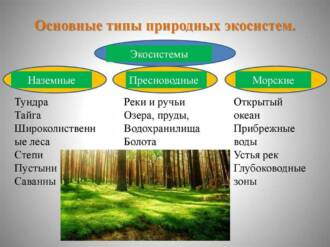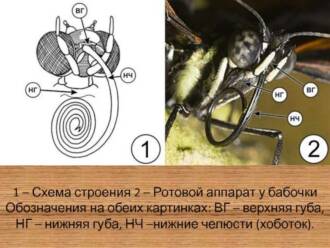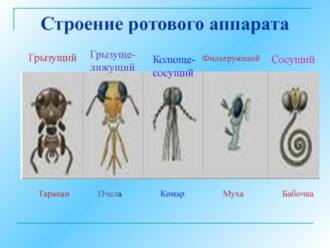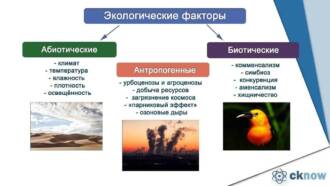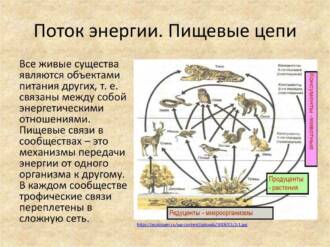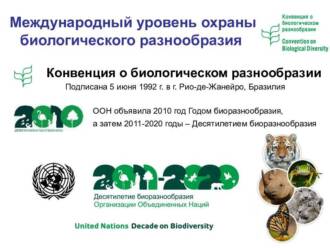
Butterflies are one of the most amazing and colorful phenomena of nature. They attract attention with their bright wings and graceful flight, but their significance in nature and for humans is much wider than one might imagine. Butterflies play an important role in biodiversity and ecosystem functions, and influence human life and culture.
One of the main biological functions of butterflies is the pollination of plants. Butterflies, feeding on the nectar of flowers, transfer pollen from one flower to another, contributing to the process of fertilization and reproduction of plants. Because of this, butterflies are an integral part of the life cycle of many plants and ensure their diversity and conservation. They also serve as food for many animals, including birds, frogs, and insectivores, which maintains ecosystem balance.
In addition to their biological importance, butterflies are also of great importance to humans. They are the object of study and admiration of scientists, artists and nature lovers. Due to their beauty and uniqueness, they have become a symbol of beauty, lightness and transformation. Butterflies also play an important role in the culture of various peoples, including folk tales and legends. They symbolize change, transformation and a new beginning, as well as freedom and independence.
In general, butterflies are of great importance for nature and humans. They perform an important function of plant pollination, maintain ecosystem balance and are the object of study and admiration. Butterflies also symbolize beauty, change and a new beginning, and bring their note to culture and the enjoyment of nature.
The role of butterflies in biodiversity

Butterflies play an important role in biological diversity, as they are one of the most diverse and numerous groups of insects. They make a significant contribution to the biological environment by performing several key functions.
Pollination of plants
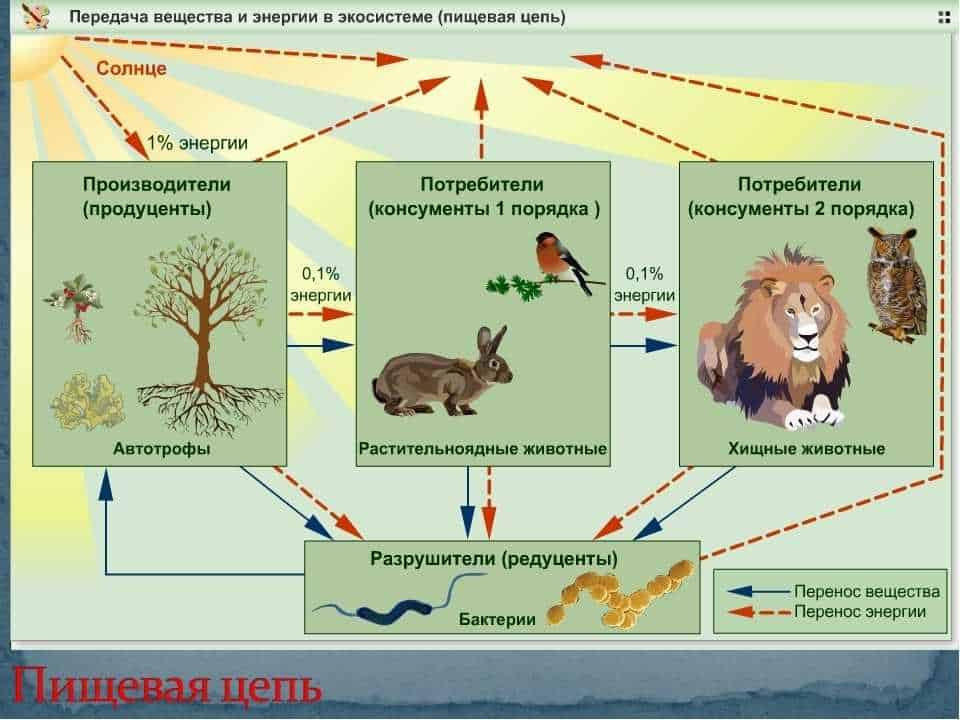
Butterflies are important plant pollinators. While visiting flowers, they carry pollen between different plants, contributing to their pollination. This allows plants to reproduce and ensures their genetic diversity. Butterflies also play a role in the pollination of crops such as fruits, vegetables and cereals, which is important for agriculture and food security.
Food for other animals

Butterflies serve as food for many other animals such as birds, frogs, lizards and some mammals. They represent an important food source in the food chain and help maintain balance in populations of other species. In addition, butterflies also serve as food for other insects such as spiders and beetles, which are important pest control predators.
Ecological Status Indicators
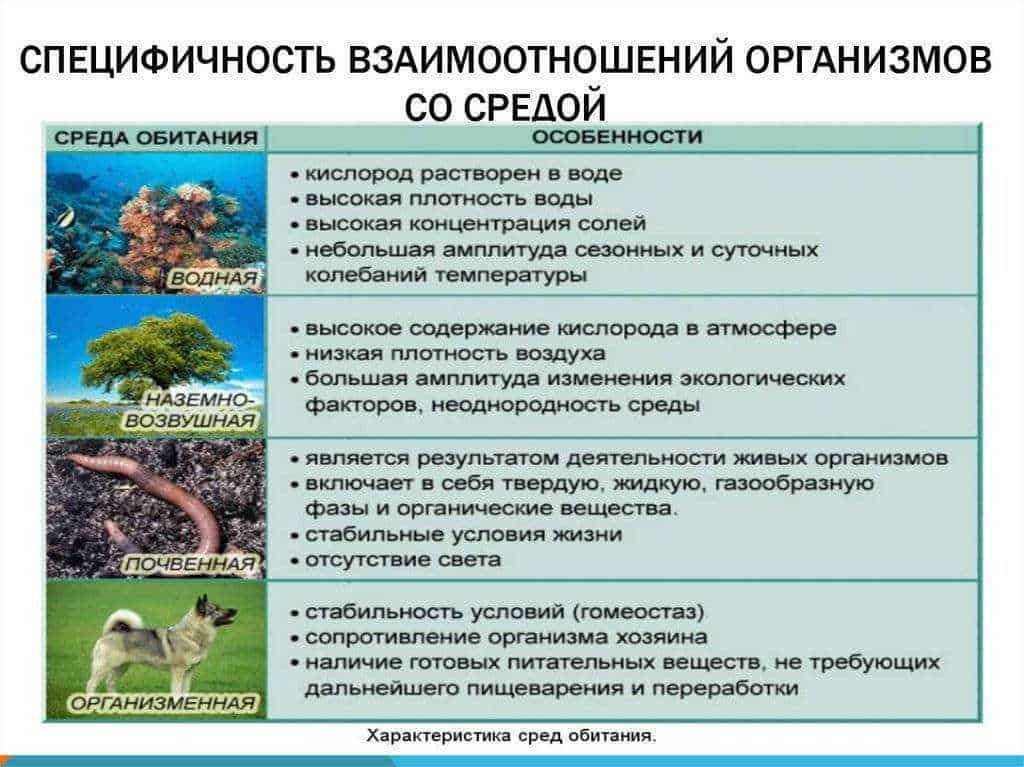
Changes in the abundance and diversity of butterflies can serve as indicators of the ecological state and quality of the habitat. Some butterfly species are sensitive to air pollution, climate change and loss of natural habitats. The study of butterfly populations can help scientists assess the impact of human activities on the environment and take the necessary measures to protect and restore it.
In general, butterflies play an integral role in biodiversity, serving as pollinators for plants, serving as food for other animals, and serving as indicators of ecological status. Therefore, the protection and conservation of butterflies is important for maintaining ecosystem balance and preserving natural wealth.
Interaction of butterflies with plants and dust insects

Butterflies play an important role in the interaction between plants and dust insects. They are one of the main pollinators of plants, carrying pollen from one flower to another.
When a butterfly visits a flower, it feeds on its nectar, which is a source of energy for it. In the process of searching for nectar, butterflies transfer pollen from the stamens on their body to the pistils of the flower, contributing to its pollination. This process is an important component of plant reproduction.
Some species of butterflies, such as cricket butterflies, have long proboscises that allow them to reach deep-seated nectar in flowers. This makes them particularly effective pollinators, as they can reach flowers that other insects cannot reach.
In addition, some species of butterflies play an important role in maintaining the balance of dust insect populations. They feed on eggs and caterpillars of other insects, including crop pests. This helps to prevent the excessive reproduction of harmful insects and maintains the ecological balance in nature.
Thus, the interaction of butterflies with plants and dust insects plays an important role in maintaining biodiversity and the health of ecosystems. They are an integral part of natural cycles and contribute to the sustainable functioning of the ecosystem.
Pollinization and distribution of plants thanks to butterflies
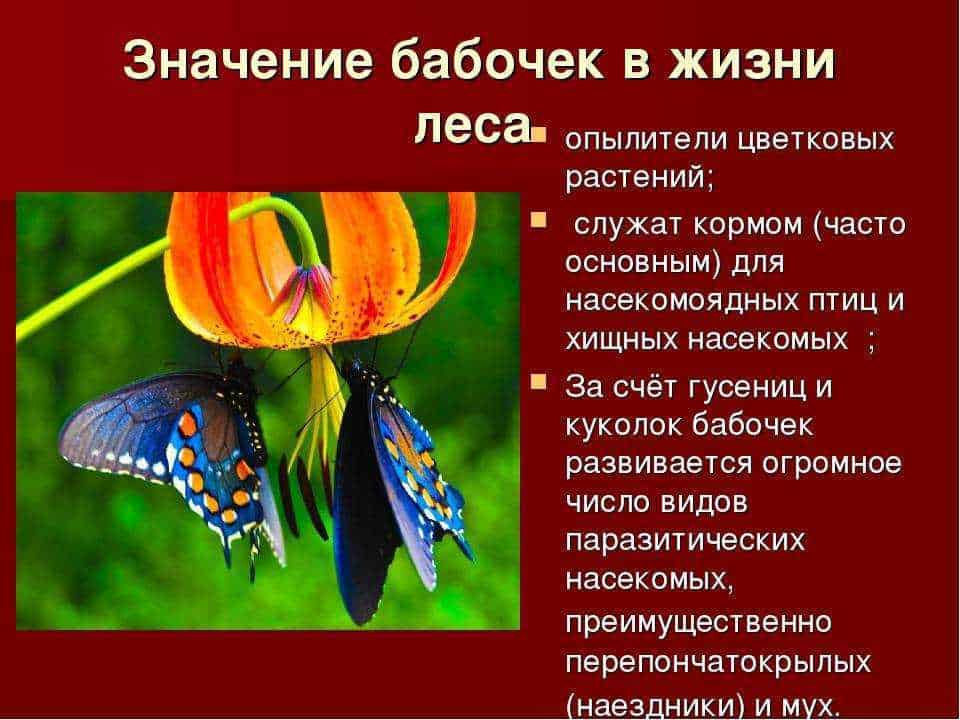
Butterflies play an important role in the pollination and distribution of plants. They are one of the main pollinators of flowering plants, carrying pollen on their bodies from one flower to another. This process of pollination is necessary for the formation of fruits and seeds, which ensures the reproduction of plants.
Butterflies are attracted to flowers in a variety of ways, such as color, scent, and nectar. They use their long mouthparts, called proboscis, to reach the nectar inside the flower. During this process, the pollen sticks to the butterfly's body.
Then, when the butterfly passes to another flower of the same species, the pollen left on its body is transferred to the stigma of the flower, resulting in pollination. Through this process, plants obtain the pollen they need to grow and reproduce and can produce fruits and seeds.
In addition to pollination, butterflies also play a role in plant dispersal. Some species of butterflies migrate long distances and can carry seeds on their legs or body. As the butterfly moves from one location to another, these seeds can fall out and germinate, contributing to the diversity of the vegetation cover.
Thus, butterflies play an important role in the biological process of pollination and plant dispersal. They help maintain biodiversity, promote plant reproduction and the conservation of ecosystems. The protection and conservation of butterfly habitats is essential to sustaining the life cycle of the plant kingdom.
Involvement of butterflies in the food chain and food webs

Butterflies play an important role in the food chain and food webs by participating in the transfer of energy and nutrients in ecosystems. They are important links in food chains, both predators and prey.
Many species of butterflies feed on the nectar of flowers, making them important plant pollinators. They carry pollen from one flower to another, contributing to pollination and plant reproduction. Because of this, butterflies play an important role in the conservation of biodiversity and maintaining ecosystem balance.
Some species of butterflies are predators and feed on other insects such as caterpillars, ants and flies. They act as pest regulators, helping to reduce pest populations and protecting plants from damage.
It is extremely important to note that the destruction of the natural habitat of butterflies, for example, the destruction of forests or the pollution of water bodies, can lead to disruption of food webs and disruption of ecosystems. Therefore, the protection and conservation of their habitats is a necessary condition for maintaining the biological balance and stability of natural communities.
Butterflies as indicators of ecological state
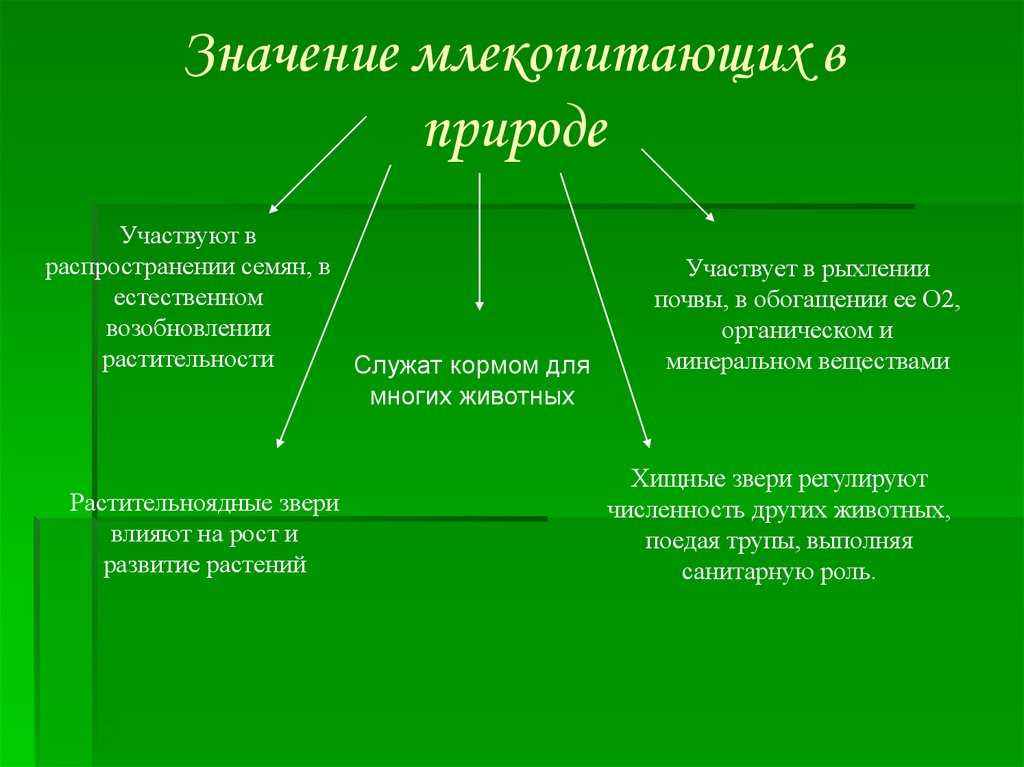
Butterflies are among the most sensitive and responsive organisms to changes in the environment. Their presence or absence, as well as the diversity of species and their abundance, can serve as important indicators of the ecological state of a certain area.
Changes in the range and number of butterflies may indicate:
- air pollution;
- the presence or absence of certain types of plants that serve as a source of food and habitat for various stages of development of butterflies;
- changes in land use, such as deforestation or development of natural areas;
- climatic changes.
Butterflies are important pollinators of plants, so their absence or decline can lead to an imbalance in the ecosystem. They also serve as food for many birds of prey, insectivorous mammals and reptiles. Therefore, changes in butterfly abundance can have a cascading effect throughout the food chain.
To assess the ecological state with the help of butterflies, various studies are being carried out. Scientists study the composition and structure of butterfly communities, as well as their biological indicators, such as life expectancy, abundance, species diversity, and others. This data helps to determine the influence of various factors on butterflies and to take measures to conserve their habitats and diversity.
Thus, butterflies play an important role in ecological monitoring and are indicators of the ecological state. Their study allows assessing the impact of human activity on nature and taking measures to preserve it.
The practical importance of butterflies for humans and their use in science
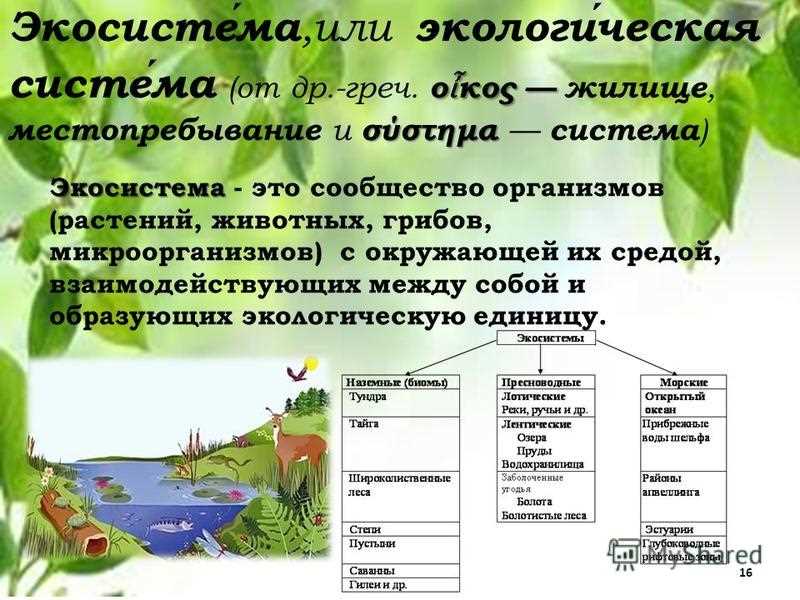
Butterflies are of great practical importance for humans and are actively used in various fields of science. One of the main uses of butterflies is to use them as model organisms for scientific research. Due to their diversity and availability for study, butterflies have become a popular subject for research in various fields such as evolutionary biology, behavior, genetics and ecology.
One of the important areas where butterflies have found application is medicine. Butterfly studies provide insight into the mechanisms of wound healing, tissue regeneration, and the immune system. This could lead to the development of new methods of wound healing, tissue regeneration, and more effective drugs.
Butterflies are also of practical importance in agriculture. They are important pollinators for many agricultural crops such as fruit trees, vegetables, and flowers. Studies show that the presence of butterflies in the vicinity of agricultural land can significantly increase yields and product quality. Therefore, the conservation of the biodiversity of butterflies and their habitats is an important task for agriculture.
Butterflies also play an important role in ecotourism. Many people are interested in watching butterflies and visit special parks and gardens where they can see a variety of species and study their behavior. This contributes to the development of the tourism industry and the creation of new jobs.
In general, the practical importance of butterflies for humans and their use in science is very large. They help us better understand nature, develop new treatments, and improve agriculture. In addition, watching butterflies is a fun and rewarding activity for people.

